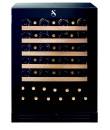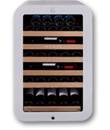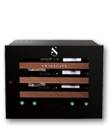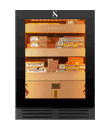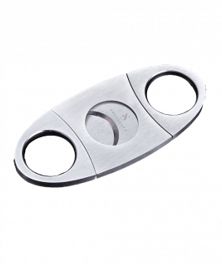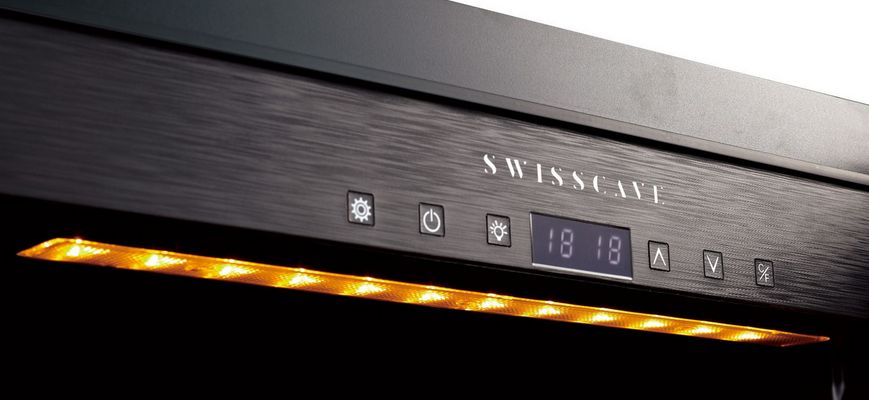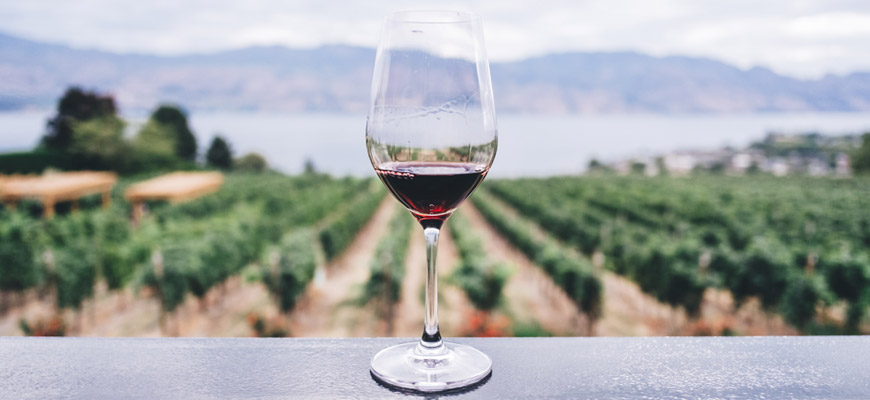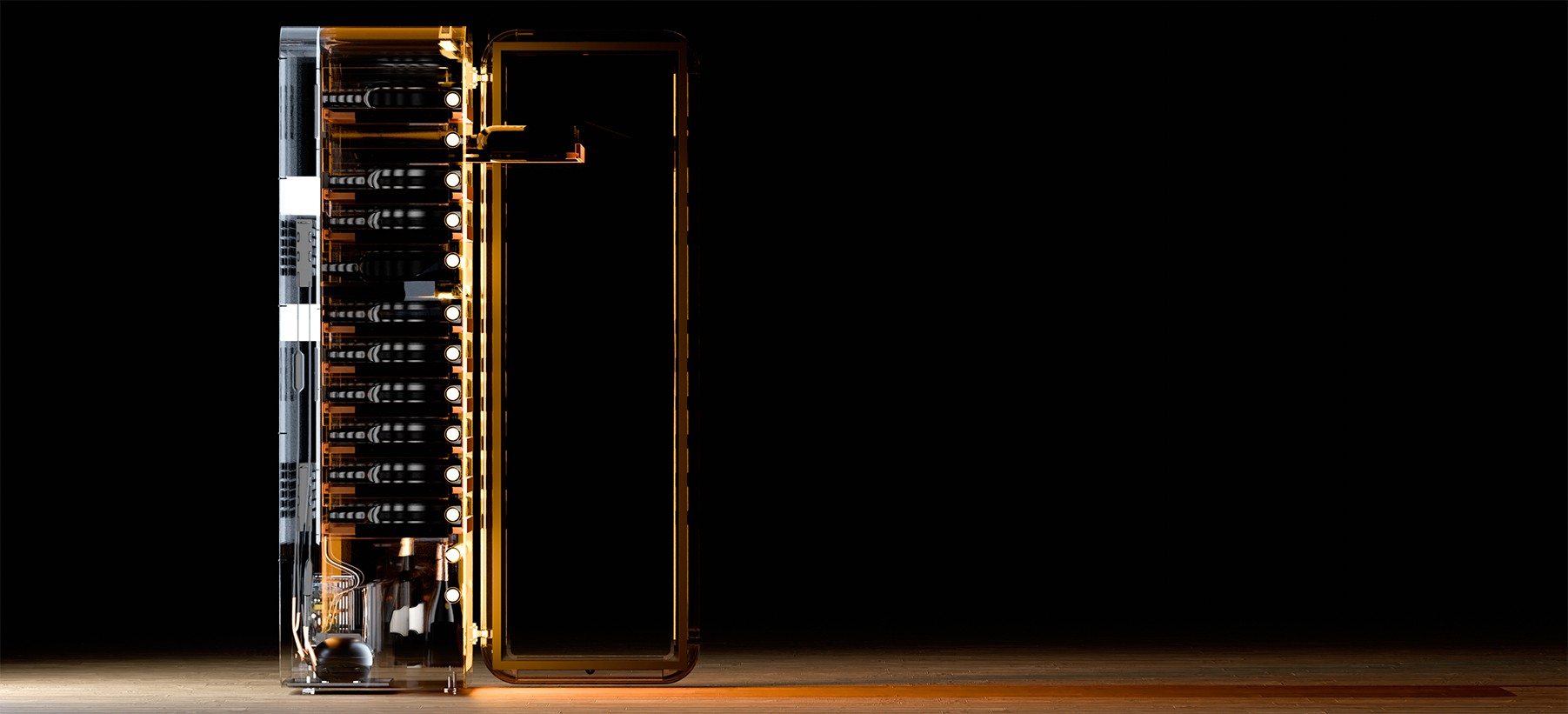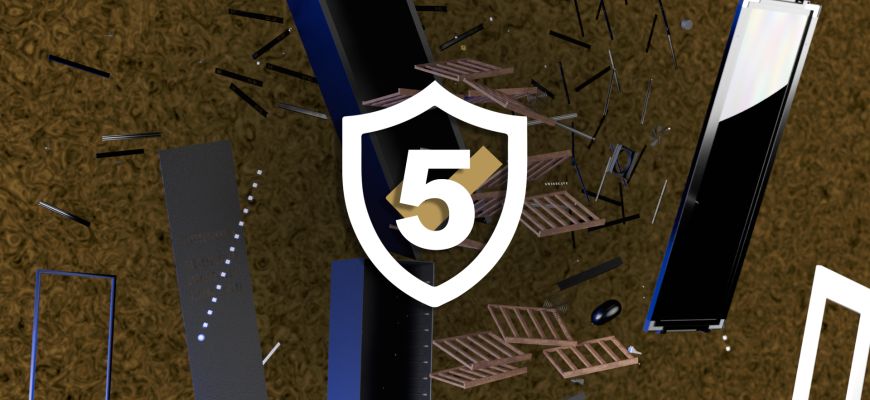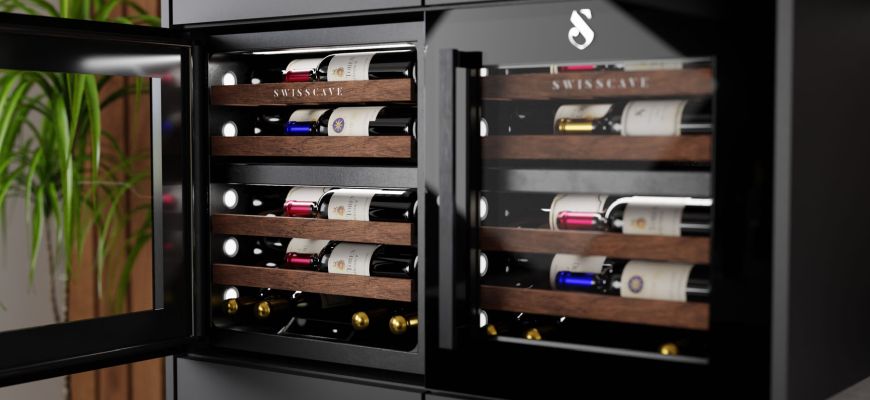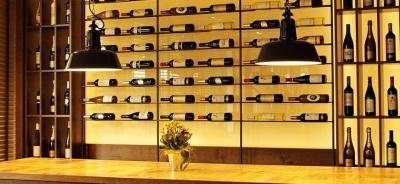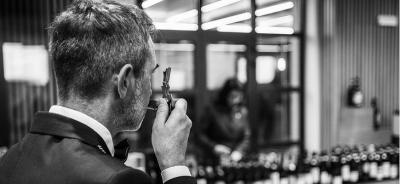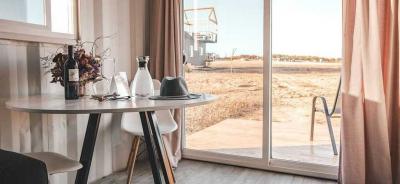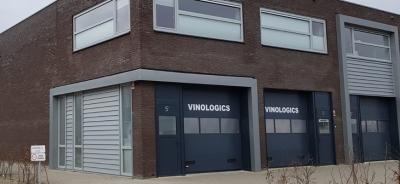
News
SWISSCAVE & Sustainability – Longevity for a Better Environment
Sustainability means responsibility – for our customers, for the quality of our products, and for the environment. SWISSCAVE focuses on longevity instead of a throwaway mentality, because every durable product reduces global resource consumption and the ecological footprint.
Together for a Greener Future: 1,057 Trees Thanks to Your Support
In December, SWISSCAVE planted one tree for every order placed. Thanks to your support, 1,057 trees were planted – a significant contribution to sustainability and the protection of our planet.
New at Swisscave: 5-Year Warranty on SWISSCAVE Models
We are confident in the quality of our products.
Starting September 1, 2024, we will be offering a five-year warranty on many SWISSCAVE wine coolers. This means for you: the highest level of wine enjoyment and the peace of mind that comes with owning a wine cooler of outstanding quality, one that you will enjoy for years to come.
Carbon Filters in Wine Climate Cabinets: Why Clean Air is Vital for Wine Storage
Why should your wine climate cabinets be equipped with carbon filters? When storing your premium wines, every detail matters. One crucial aspect is ensuring that the air inside the
wine climate cabinet remains highly pure. This is why we equip all our SWISSCAVE wine climate cabinets with carbon filters.
Sapele for SWISSCAVE shelves
Ever wondered why we choose Sapele for SWISSCAVE shelves?
Becoming a wine connoisseur - how to learn to really enjoy wine
More and more people are discovering the diverse world of wine. But how should you enjoy wine? What makes the crucial difference between a beginner and a wine connoisseur? Are there any rules that a real expert should follow? Or is it all just a matter of personal taste?
Wine sommelier - what does he do and why do we need them?
The term sommelier comes from the French-speaking area and means "wine waiter". In restaurants, the sommelier's job is to buy the wines, to store the stocks properly and to train the staff and trainees in the field of oenology.
What happens to wine when it’s exposed to summer temperatures?
What happens to wine when its temperature is raising to ambient temperature, eg. because of moving to another flat, or because the wine cooler isn’t functioning and takes time to repair?
8 Tips for Creating the Perfect Home Bar Setup
A home bar doesn't have to be a headache: We gathered some helpful tips for you.
Distribution Partnership between Vinlogics & SWISSCAVE
Vinlogics are importers of wine coolers for the Dutch market for novice wine drinkers and enthusiasts - now partnering with SWISSCAVE


